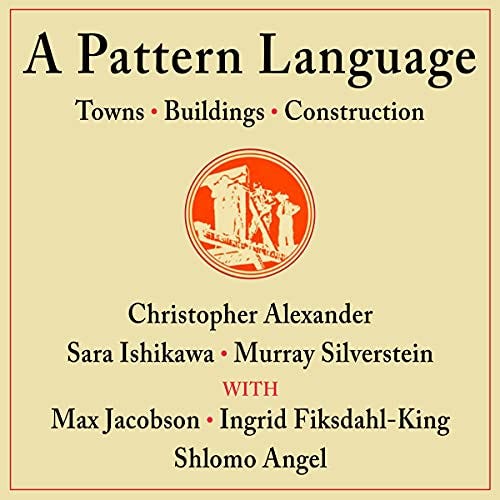Sets in the City
So begins the tale of Alice in Wonderland, a tale of whimsy just like ours, of a globe bursting at its seams after puffing itself to the size of the earth. Serves you right, hot air isn’t good for your stomach.
Yesterday, I wrote about how space needs to loosen history’s grip on the globe. The globe and the earth live in two different orders of reality: the earth is a concrete spatial entity while the globe is an abstraction, the context against which another abstraction - “human” - is narrated. Space has been leached away from both at once. The despatialization of the globe happens through the conception of the globe as an abstract machine, transfering money and goods between humans who don’t have a location — more on that later in this note. The de-spatialization of the human happens through the isolation of a human essence - what’s often called ‘human nature’ these days - which is classified in one of two buckets:
Eternal or what’s more likely today, static in historical time but changing in evolutionary time.
Situated in history, with a slow expansion (i.e., progress) of those entering history.
Change and continuity are the themes that rule human nature, with periodization happening in historical time, like when we say that Europe changed from the feudal mode of production to the capitalist mode of production, or in evolutionary time, so that Home Erectus slowly evolved into Homo Sapiens. The globe also exhibits change and continuity, with global neoliberal institutions such as the WTO marking the change from national economies to a global economy. But to use a mathematical turn of phrase, the globe and its precursors - nations, kingdoms and empires - can be treated as if they are ‘sets’ whose elements are human beings. We perform these acts of set creation all the time, like when you walk around a neighborhood and only count the people who live there, neglecting the trees and bugs and birds sitting on telephone poles. And then you stuff all those people into a box and stamp it with the phrase ‘population.’ What gives you the right to count that way?
The set doesn’t have internal spatial differentiation.
The globe as a set with an abstract set of features - let’s say all its elements have ‘rights’ - exerts power on the earth, recapitulating the old dualism of soul and body. Provincializing the globe has to take a mathematical form, of fleshing out the set and giving it spatial extent, both internally and externally.
That’s where the city as well as the metaverse come in: they are the physical and digital spaces of the globe. There’s no removing space from the city, but the clever globalist has another trick up their sleeve: make these spaces uninteresting, like when Tom Friedman says “The World is Flat.” Time affords continuity and change while space affords continuity and difference.
Historical time helps us reason about continuity as well as change while mechanical time doesn’t mark change. Similarly, a row of identical houses with identical cars and identical lawns obliterates difference and can be treated as if the row was printed out in a landscape factory. If cities are interchangeable commodities surrounding airport terminals, we can treat them as undifferentiated aggregates that consume energy, produce money and emit carbon. Or worse, we can aggregate cities across the world into a uniform grid called the ‘planetary city’ and absorb that planetary city into abstract global features such as trade agreements and emission targets.
What a tragedy that would be. Mechanical space isn’t the space that will liberate history.
We need a better account of space and form, a grasp of the built environment, architecture and urban planning that has room for difference as well as repetition. Some old concepts that have been condemned as superstition are of great importance: animism, organism…. Which brings me to one of my favorite books:
Alexander keeps saying that the order of architecture and the order of nature are the same at some deep level, and there’s a quality of life (see: animism) in some built environments and further, that quality is what makes those dwellings livable. Even if we aren’t ready to buy Alexandrian mysticism, at least he’s thinking about how to align the two orders, the human and the non-human, and then by provincializing the first, we will be ready to let the earth interpenetrate the globe.






